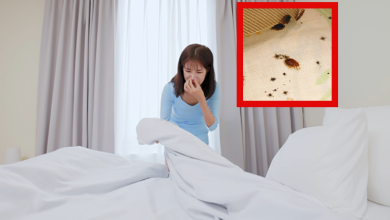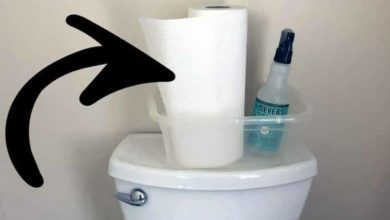
In fact, sebaceous filaments are a manifestation of sebaceous gland disorders, formed from sebum, excess oil, dead cells and dirt. These filaments lie deep inside the hair follicles or protrude above the skin surface, are opaque white or ivory white, soft, and very easy to pry off.
The Difference Between Sebaceous Filaments vs. Blackheads

Blackheads are black bumps that appear on your pores due to clogged hair follicles. Everyone has some sebum (a natural skin oil) and some dead skin cells in their pores. However, sometimes, our pores can collect too much sebum and dead skin cells, which clogs the pore. If a clogged pore is open to the air, it can turn black due to oxygen exposure, which causes blackheads. Blackheads are technically a mild form of acne, since acne is a skin condition that includes any hair follicle that has become clogged with oil and dead skin cells. We often think of acne as being just various kinds of red pimples, but blackheads and whiteheads are also acne.
Now, how are sebaceous filaments different from blackheads? First off, sebaceous filaments are not a type of acne. And, in fact, their presence on the skin is perfectly normal and healthy. A sebaceous filament is a pore that contains a significant amount of oil and dead skin cells. When you have sebaceous filaments, it can look like your pores are a bit “full” and pores can look grey, which is why people often confuse sebaceous filaments with blackheads. However, sebaceous filaments do not clog the pores. A blackhead or whitehead “plugs” the pore, but our pores can still breathe and operate healthily when we have sebaceous filaments.
So, blackheads are a type of acne that plugs the pores, while sebaceous filaments are a normal condition in which the pores contain some dead skin cells and oil. While sebaceous filaments are technically normal and healthy, we understand that many people are very bothered by the presence of sebaceous filaments. So with all this said, let’s move on to how you can treat sebaceous filaments.

How to Treat Sebaceous Filaments
Unfortunately, sebaceous filaments are part of the micro-anatomy of the skin and cannot be removed permanently. However, you can minimize their appearance.
“Any active ingredients that work to exfoliate the skin will improve the look of sebaceous filaments,” says Dermatologist Rita Linkner, MD. “Common examples of active ingredients include retinol, salicylic acid, and glycolic acid.”
Dermatologist Loretta Ciraldo, MD, suggests using a beta-hydroxy acid (such as salicylic acid) in the morning and alpha-hydroxy acid (such as glycolic acid) in the evening. “Glycolic is the smallest of all the alpha-hydroxy acids, and it penetrates the best into the pores to naturally unclog any filamentous buildup,” Ciraldo says, recommending the Dr. Loretta Micro Peel Peptide Pads with 10% glycolic acid from their skincare product line.
In the morning, you can try the Rodan + Fields UNBLEMISH Refining Acne Wash, which Linkner says is a perfect recommendation for someone trying to eliminate pesky filaments that usually aggregate on the nose. “These tips will help to reduce the amount of sebum held in these tube-like filaments and keep the sebaceous filaments from being noticeable,” notes Alicia Zalka, MD, a board-certified dermatologist and founder and CEO of Surface Deep.

Preventing Sebaceous Filaments
Though perfectly normal and common, you can do a few things to help prevent sebaceous filaments from forming on your skin. These tips should be part of your standard skincare routine as they can help prevent acne and maintain healthy skin.
– Wash your face. It’s important to wash your face daily (often morning and night) with a facial cleanser. And always wash your face after sweating or working out.
– Moisturize your face. After washing your face, it’s important to apply a moisturizer. Doing so at night is extra beneficial as your skin loses moisture while sleeping.
– Remove makeup. Always, always, always clean your makeup off before the end of the day. Leaving makeup on your skin can cause buildup and clogged pores.
– Use non-comedogenic ingredients. Check the products you use and purchase to ensure ingredients are oil-free and non-comedogenic, meaning they won’t clog pores. Most products are labeled as such.
– Avoid touching your face. Touching your skin throughout the day can transfer dirt, oils, and possibly bacteria to your face. Try your best to minimize touching your face, and always wash your hands before doing so.







